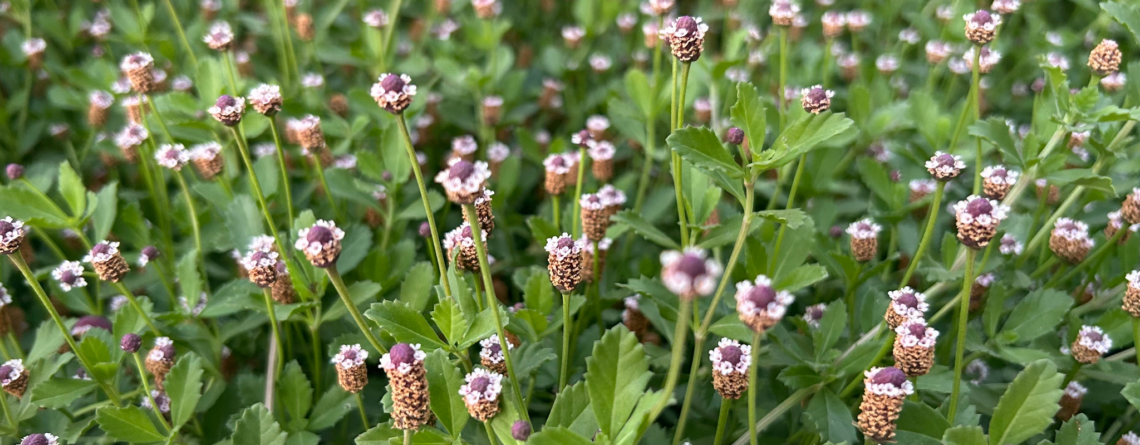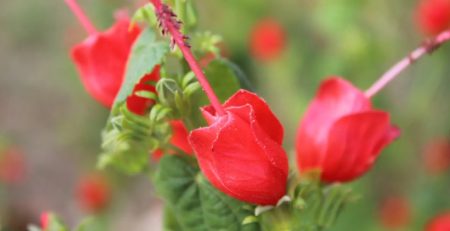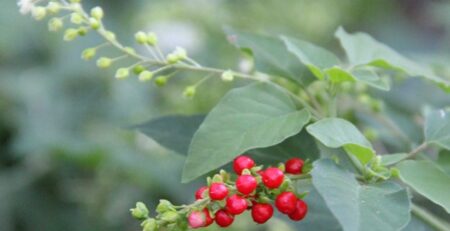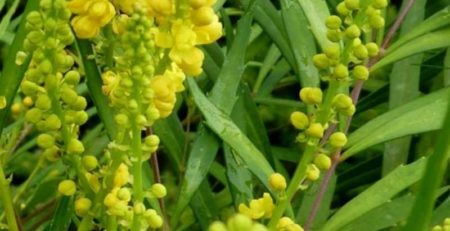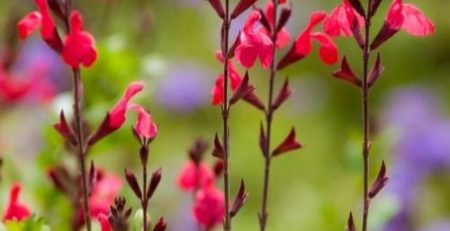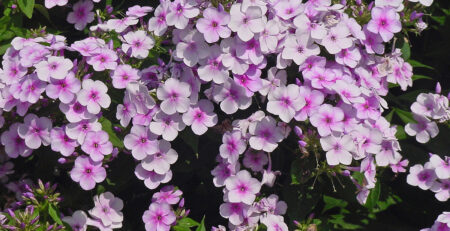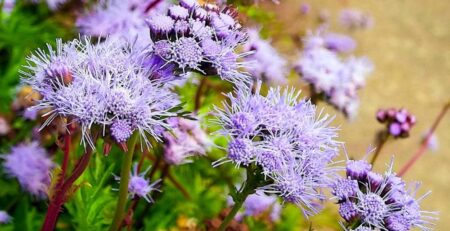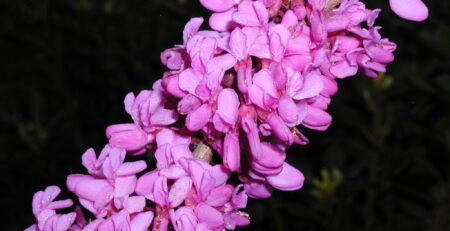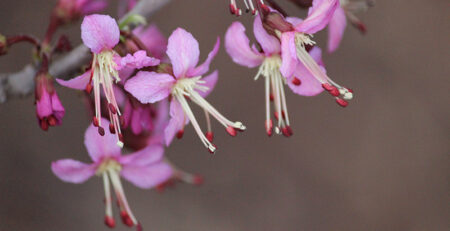Phyla nodiflora, Frogfruit
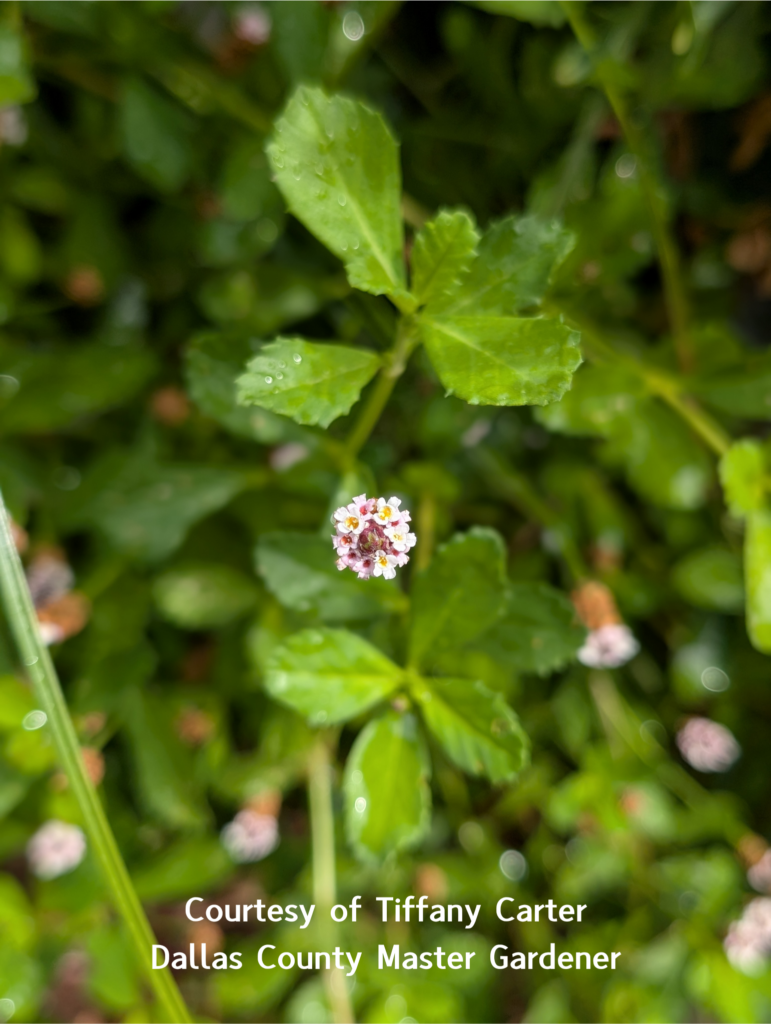
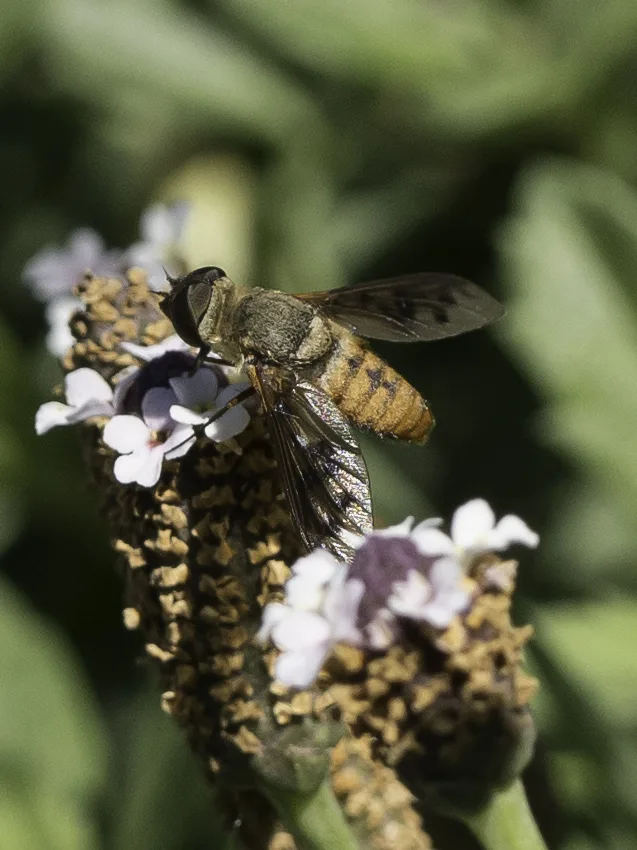
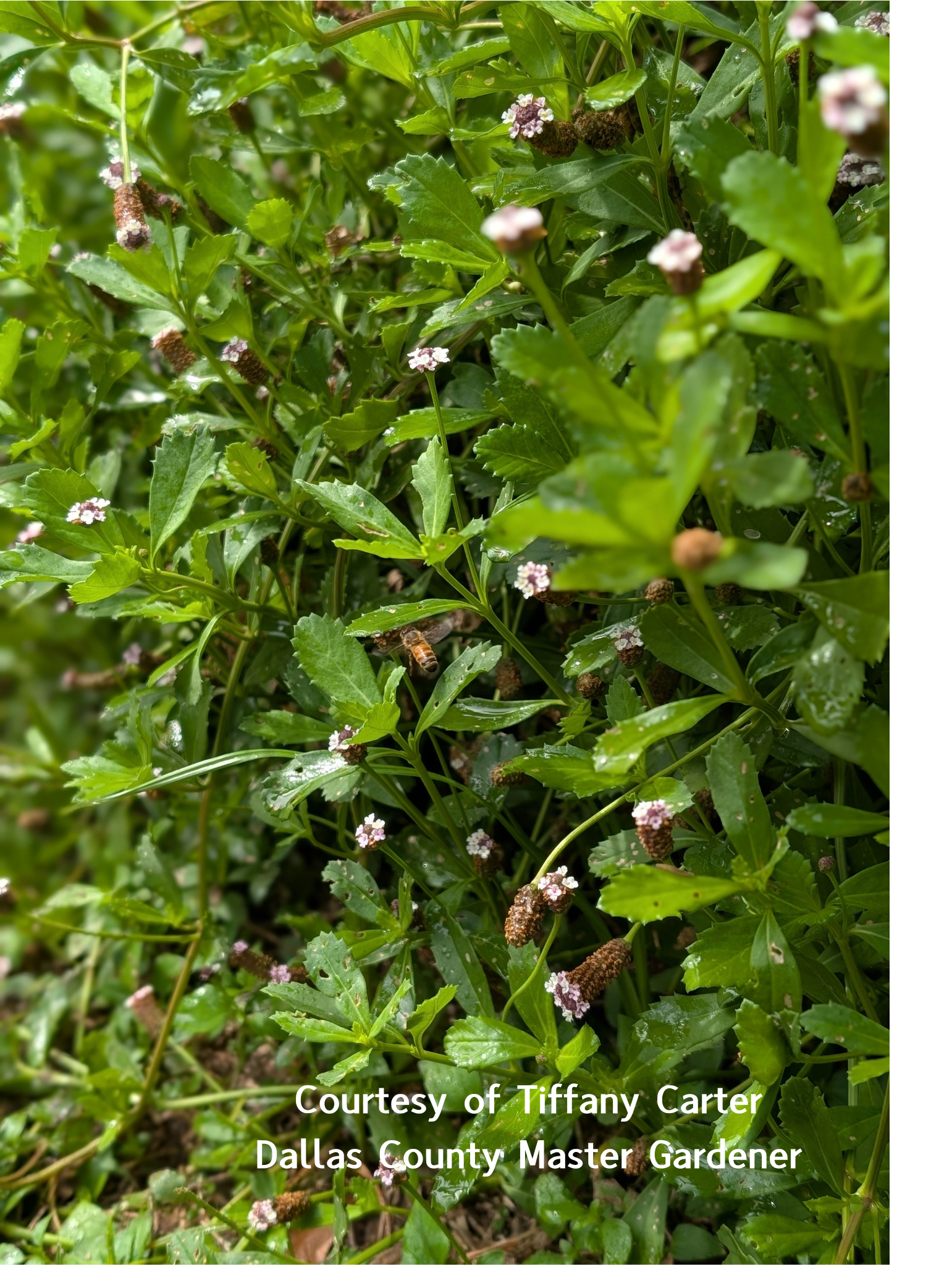
Botanical Name: Phyla nodiflora
Common Name: Frogfruit, Turkey Tangle Fogfruit, Capeweed
Synonyms:
Category: Ground Cover
Family: Verbenaceae
Lifecycle: Perennial
Lifecycle (Alt): Annual
USDA Symbol: PHNO2
Hardiness Zone North: 7A
Hardiness Zone South: 11B
Sun Requirement: Full Sun (6+ hours of sun per day)
Sun Requirement (Alt): High Sun (4-6 hours of sun per day)
Water Requirement: Low
Growth Rate: Rapid
Maintenance: Low
Plant Adult Height: 2 – 6 in.
Plant Adult Spread: 1 – 3 ft.
Plant Spacing: 12 – 18 in.
Soil Preference: Adaptable
Soil pH Preference: Adaptable
Propagation: Division, Seed, Stem Cutting
Attracts: Bees, Butterflies, Moths
Resists: Deer, Disease
Tolerates: Drought, Erosion, Clay Soil, Dry Soil, Heat, Salt
Miscellaneous: Tolerates Poor Soil, Wildflower, Native Plant
Description: Frogfruit, with the botanical name Phyla nodiflora, is a versatile perennial ground cover known for its resilience and utility in diverse landscaping contexts. Originating from the Americas, it is particularly valued for its ecological benefits and adaptability. This plant features small, rounded clusters of flowers that transition in color, starting as white and maturing to a delicate shade of pink or lavender. Blooming primarily from late spring through fall, Frogfruit’s extended flowering season makes it an excellent choice for gardeners looking to maintain visual interest in their landscapes. One of its notable characteristics is its ability to attract beneficial pollinators, including bees and butterflies, serving to enhance biodiversity in residential gardens. Its low-growing, mat-forming habit allows it to be used effectively as a lawn alternative, especially in areas looking for a drought-tolerant and low-maintenance option. Frogfruit demonstrates a high tolerance to heat and poor soil conditions, thriving even in compacted soil and with minimal watering once established. It is also known for its ability to withstand periods of drought, although it appreciates occasional irrigation in extended dry spells. Frogfruit is not considered invasive, but due to its efficient spreading habit, gardeners should be mindful when planting it near more delicate species. It is non-toxic, making it safe for gardens frequented by pets and children. Frogfruit displays a unique structure with its prostrate stems and opposite leaves that are often toothed, setting it apart from other ground cover species, such as traditional turf grasses. The plant is also known for its ability to repair denuded areas and control erosion on banks or slopes. Given its robust nature and ability to provide both ecological and aesthetic benefits, Frogfruit serves as an excellent choice for gardeners looking to enhance both sustainability and beauty in their outdoor spaces.
Propagation & Planting: To propagate and plant Frogfruit, begin by selecting healthy stems during the growing season. Cut 4-6 inch sections just below a node and remove the lower leaves, leaving at least two sets of leaves on top. Dip the cut end in rooting hormone to enhance root development. Plant the cuttings in a well-draining potting mix, ensuring the nodes are covered. Maintain consistently moist soil and provide indirect light. Once roots are established, typically within 4-6 weeks, transplant the rooted cuttings to their permanent location. For planting, choose a spot with full sun to partial shade and well-drained soil. Space plants about 18 inches apart to allow for spreading. Prepare the soil by loosening and amending with compost if necessary. Dig a hole slightly larger than the root ball, place the plant, and backfill with soil, ensuring the crown is level with the ground. Water thoroughly after planting to settle the soil around the roots. Consistent soil moisture should be maintained initially until the plants establish in their new environment.
Plant Care: Frogfruit, a versatile perennial, thrives with proper care. Plant it in well-drained soil and select a sunny or partially shaded location. Water regularly, especially during dry spells, but avoid waterlogged conditions. Frogfruit is drought-tolerant once established, requiring less frequent watering. Fertilize sparingly with a balanced, slow-release fertilizer in spring to support healthy growth. Frogfruit spreads aggressively, so monitor its growth and trim regularly to maintain desired boundaries. This plant is resilient to pests and diseases, but keep an eye out for aphids or mildew, treating them promptly with appropriate organic or chemical controls if necessary. Frogfruit can be propagated easily from cuttings or divisions, making it simple to expand or share with others. Prune dead or damaged foliage regularly to encourage lush growth. If winter temperatures drop significantly, a light mulch can protect the root system. With minimal care, Frogfruit provides abundant ground cover and attracts beneficial pollinators such as butterflies, enhancing ecosystem diversity.
Fertilize: Frogfruit typically does not require fertilization for healthy growth, as it is well-suited to thrive in less nutrient-rich soils. However, if the plant shows signs of nutrient deficiency, a light application of a balanced, slow-release fertilizer with an NPK ratio of 10-10-10 or 12-12-12 can be beneficial. Apply in early spring, just as new growth begins, to support its natural growth cycle. Ensure that the fertilizer is evenly distributed around the base of the plant without direct contact to avoid root burn. Water thoroughly after applying to help the nutrients reach the root zone. Avoid fertilizing during extreme heat or drought conditions to prevent additional stress on the plant. Regular monitoring of soil health can help determine if additional fertilization is necessary.
Prune: Prune Frogfruit primarily in late winter to early spring before new growth starts, as this encourages a strong, vigorous start to the growing season. Begin by removing any dead, diseased, or damaged stems to maintain plant health. Thin out crowded areas to improve air circulation and reduce pest problems, while retaining the plant’s natural shape. Limit pruning during late spring and summer when Frogfruit is actively growing and flowering, as this can reduce bloom production and weaken the plant. If a more controlled shape or size is desired, conduct light trimming after the flowering period to avoid hampering its display. Avoid heavy pruning in fall, as this can leave the plant vulnerable to damage from cold weather. Maintain clean tools to prevent disease spread. These practices will help sustain a healthy, aesthetically pleasing Frogfruit throughout its growth cycle.
Pest & Disease: Frogfruit is susceptible to several common pests and diseases that can affect its health. Aphids and whiteflies are frequent pests, often clustering on the undersides of leaves and causing yellowing or distorted growth. These can be managed by applying insecticidal soap or neem oil, ensuring thorough coverage of the affected areas. Additionally, spider mites may present a problem, especially in dry conditions, leading to stippling or webbing on the plants. Regular watering to maintain adequate humidity and the use of miticides can help control these pests. Frogfruit is also prone to fungal diseases such as powdery mildew, recognized by white, powdery spots on leaves and stems. Applying a fungicide at the first signs of infection and ensuring good air circulation through proper spacing can help manage this disease. Root rot, caused by overly wet soils, can be mitigated by improving soil drainage and reducing watering frequency. Regularly inspect the plants for signs of these issues and act promptly to maintain plant health.
Attribution: This plant information is the copyrighted property of PlantTAGG, Inc. (www.planttagg.com) and is published with permission.
Link to Full Profile: https://m.planttagg.com/#/public/details?key=5D51J9HSALHW74EO9T16SK68XS1

